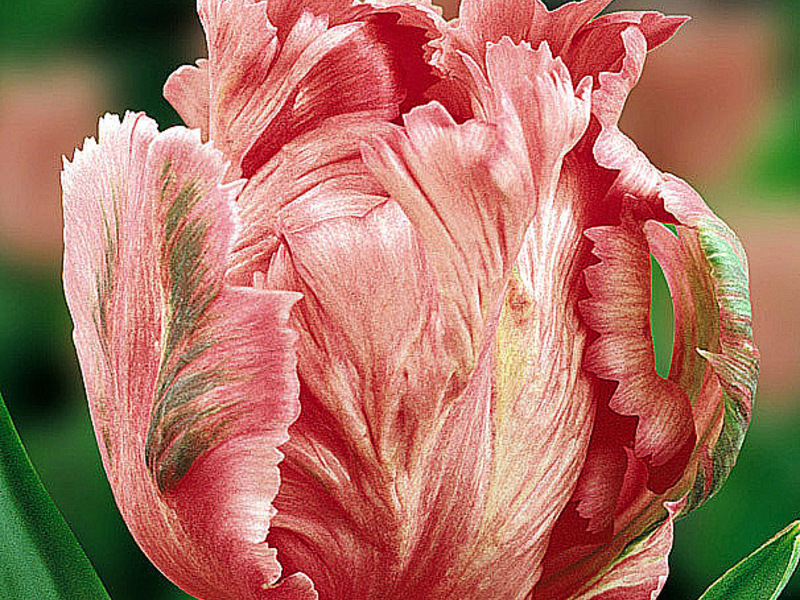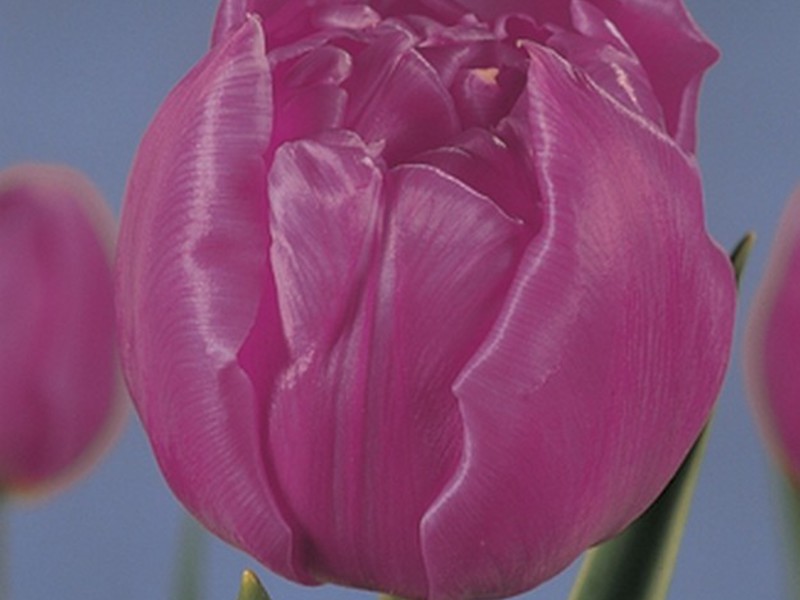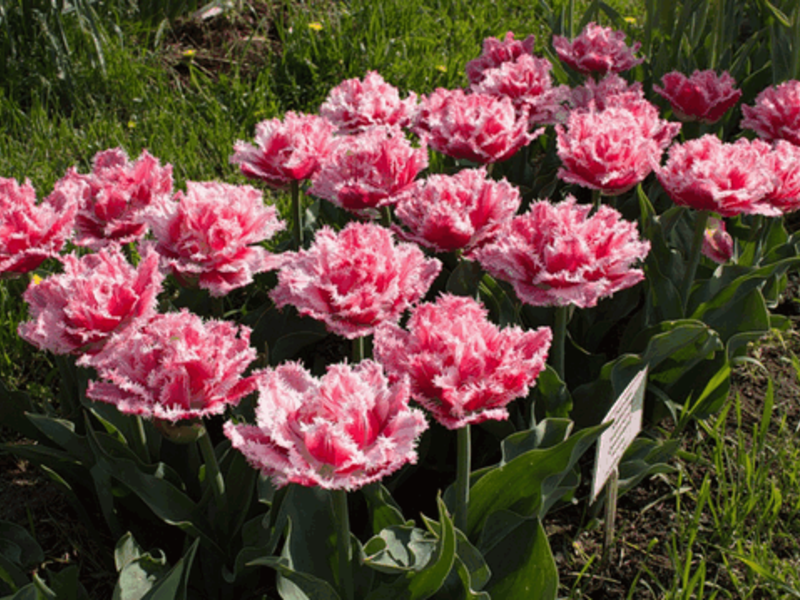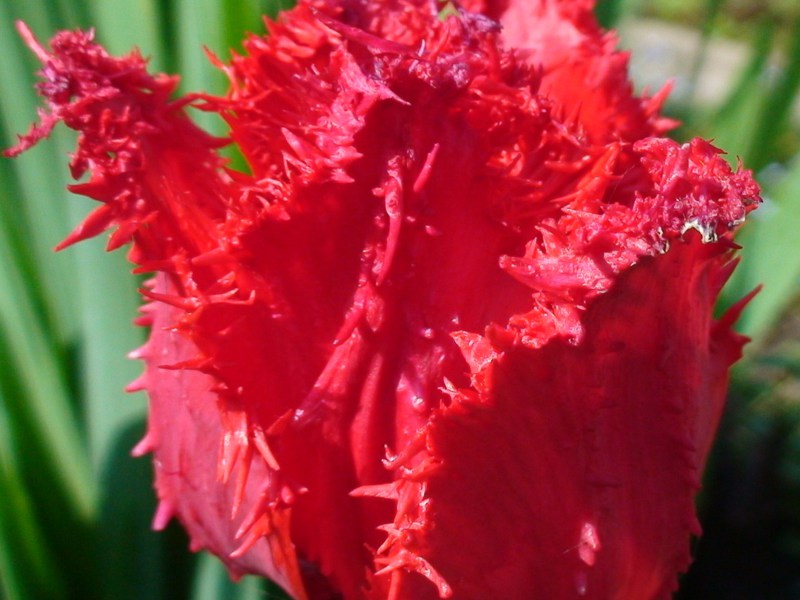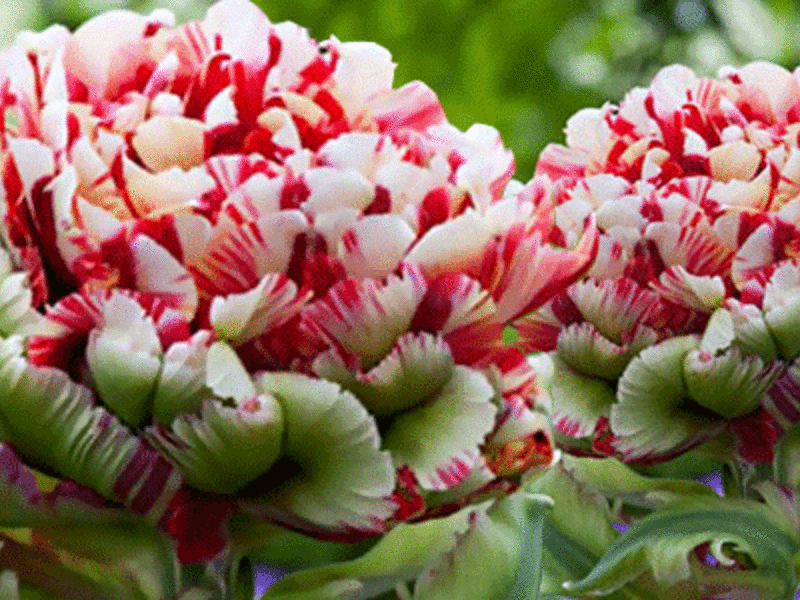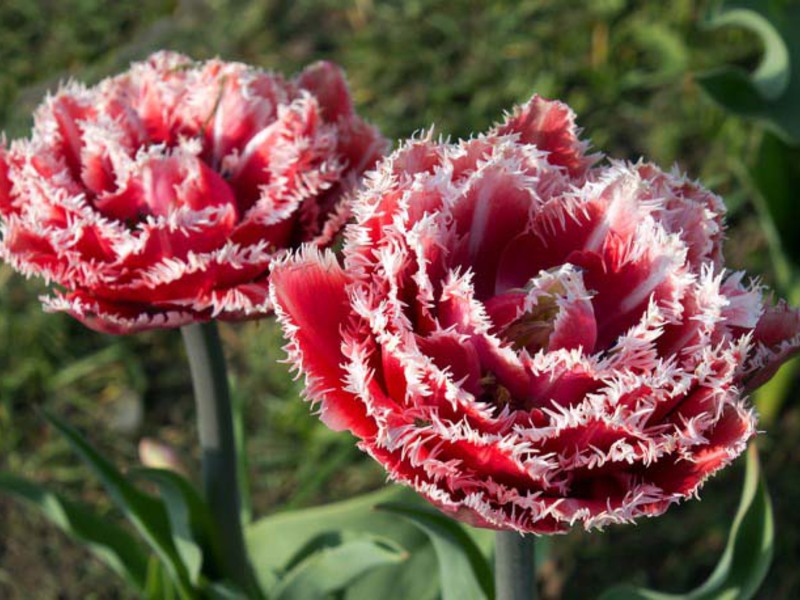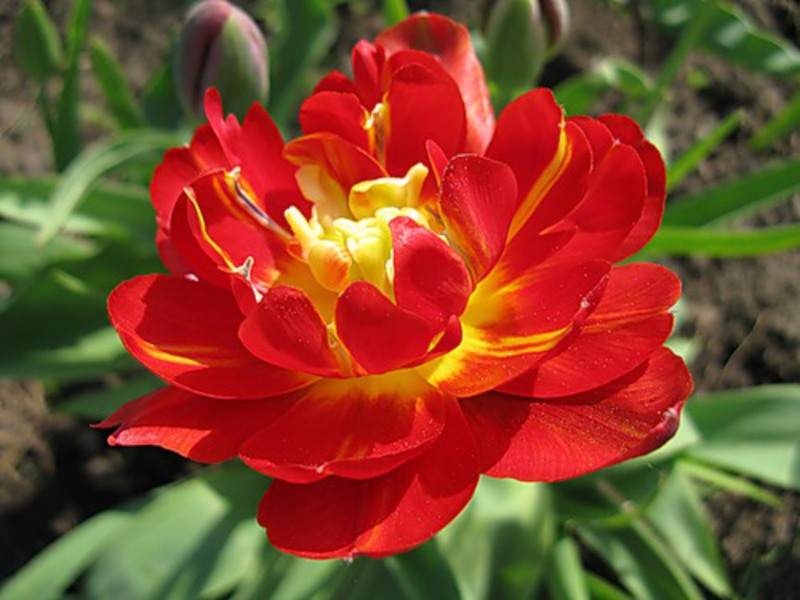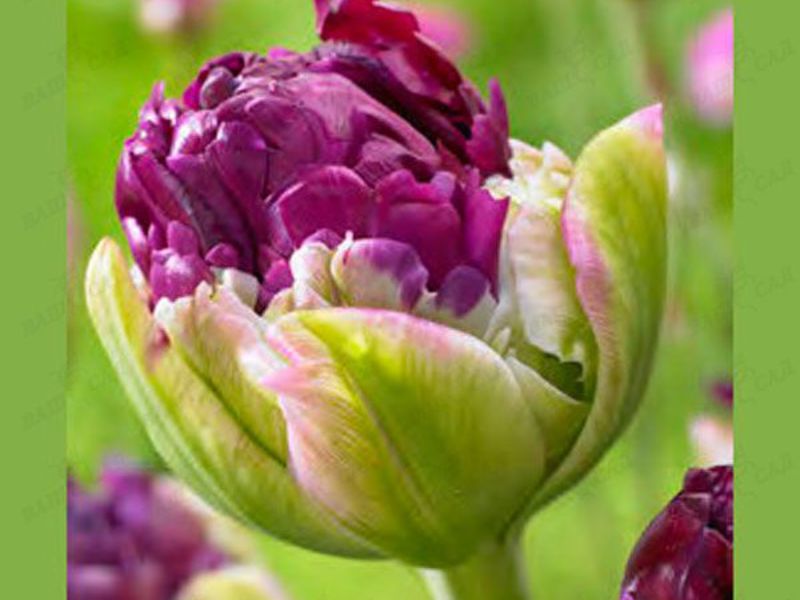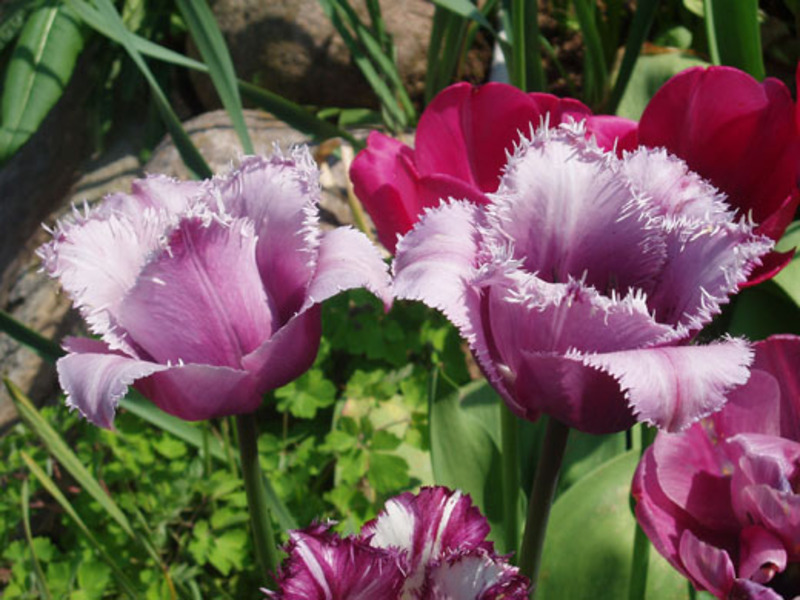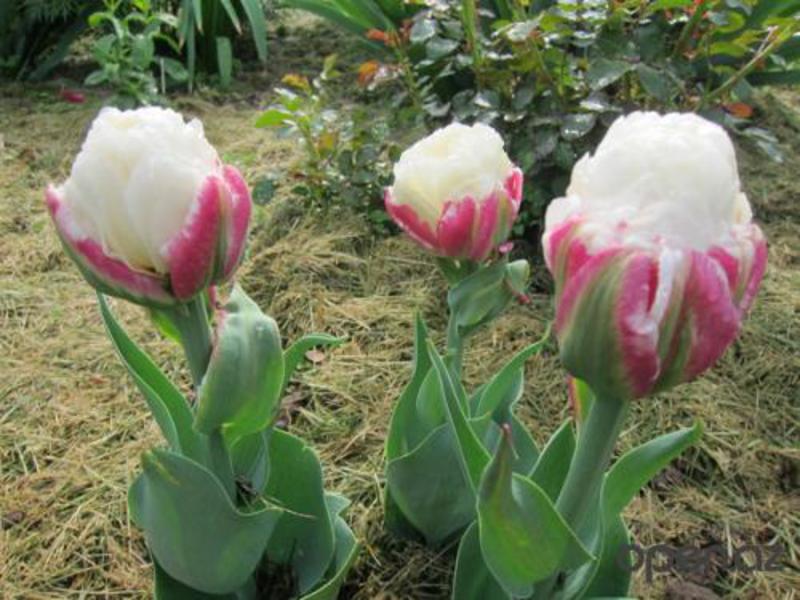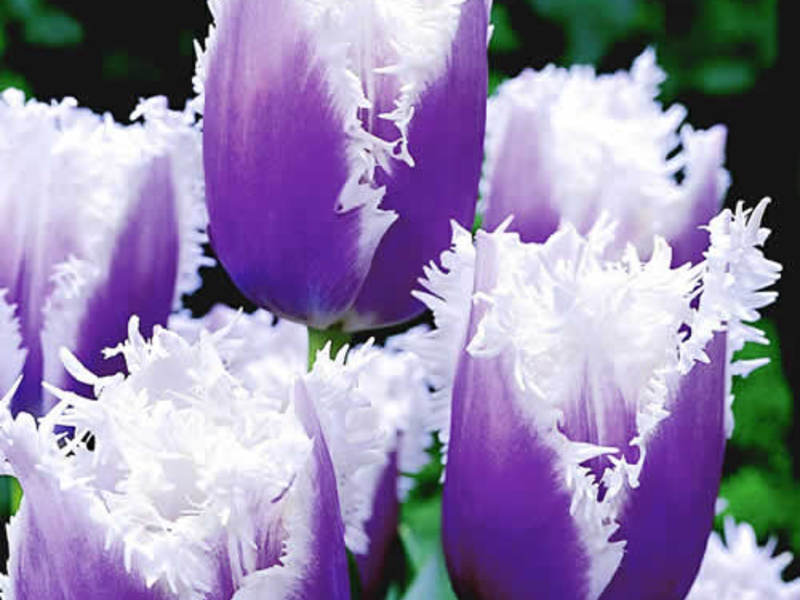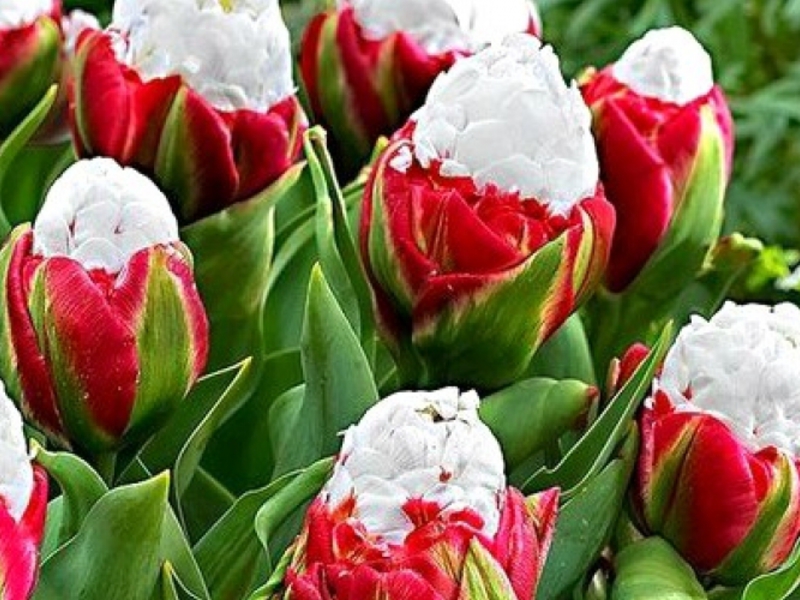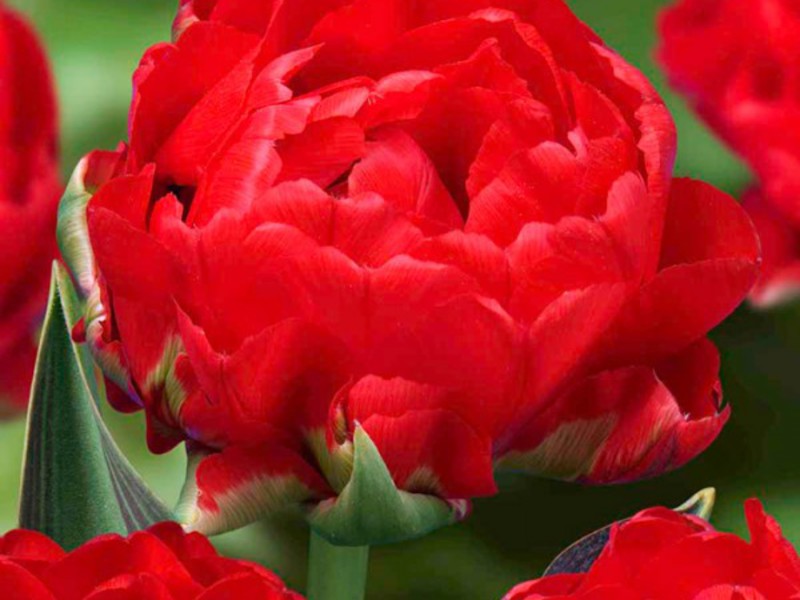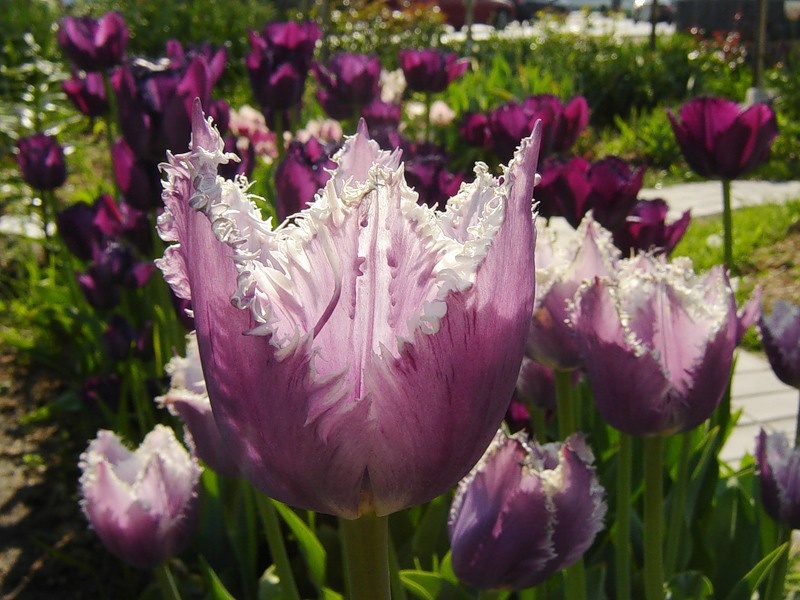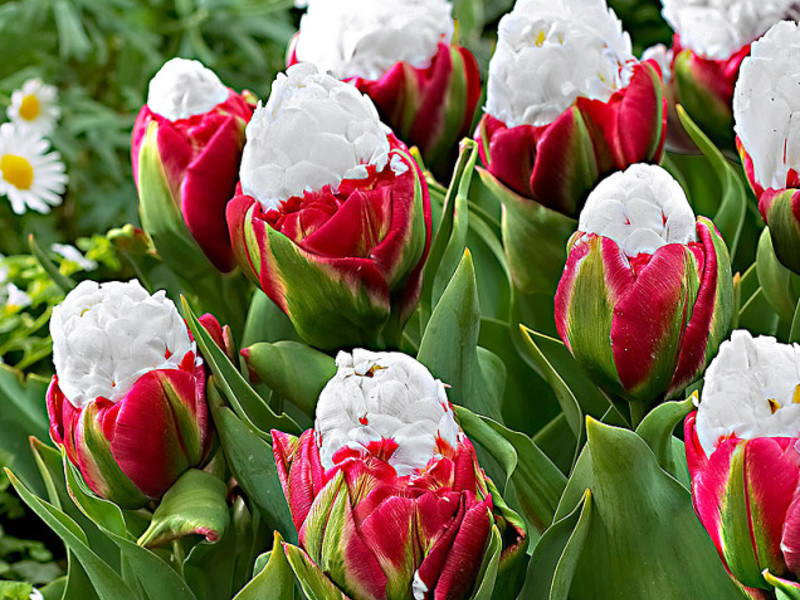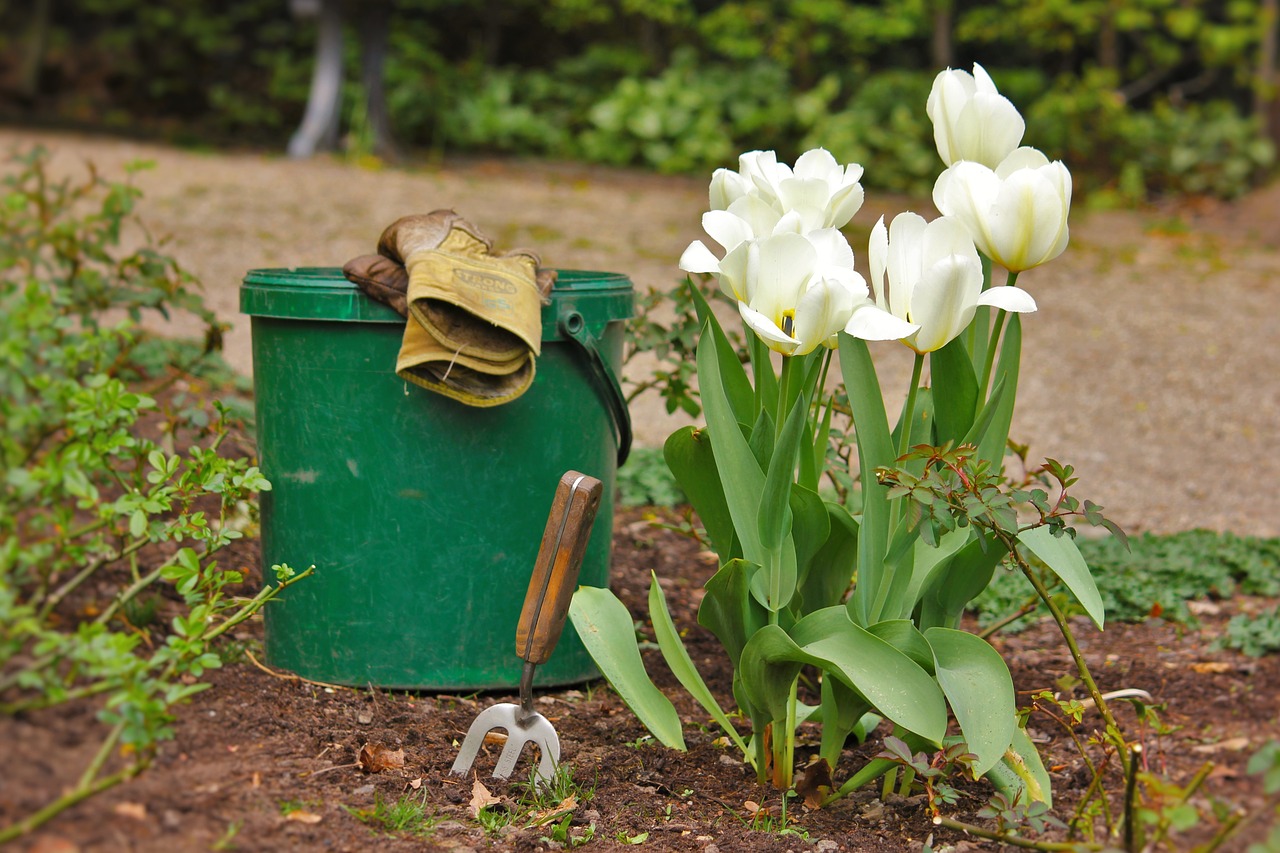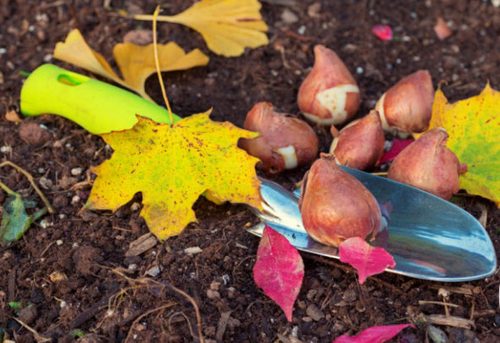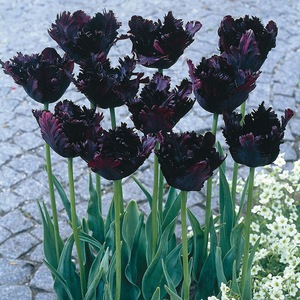 Tulips are among the most spectacular and well-known flowers. These bulbous plants first came to Europe from Turkey (then the Ottoman Empire). One of the Austrian ambassadors managed to carry out the shipment of tulip bulbs to the city of Vienna. One of the chief managers of the Viennese garden was quite active in breeding the plant. Later, in the Netherlands, a large number of various varieties of tulips were bred.
Tulips are among the most spectacular and well-known flowers. These bulbous plants first came to Europe from Turkey (then the Ottoman Empire). One of the Austrian ambassadors managed to carry out the shipment of tulip bulbs to the city of Vienna. One of the chief managers of the Viennese garden was quite active in breeding the plant. Later, in the Netherlands, a large number of various varieties of tulips were bred.
Therefore, the Netherlands can be considered the unofficial homeland of tulips, although this is not so. But Holland can rightfully be proud of a multitude of bred varieties, more than 1,500, and all of them were developed by Dutch scientists, botanists and florists.
Classification of tulips
Since there are quite a large number of species and every year the number of varieties tends to grow, the international classification register is constantly being supplemented and updated. Tulips are subdivided into several classification groups, according to various characteristics (flowering periods, appearance, general characteristics). Classes, in turn, are combined into groups (there are 4 of them).
- early blooming
- late blooming
- medium flowering tulips
- various tulip hybrids (for example, wild species)
Early flowering tulips
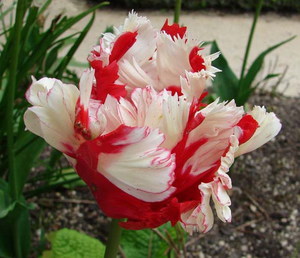 The existing group includes two classes:
The existing group includes two classes:
- simple tulips
- double tulips
Simple tulips are plants with strong stems and buds that are cup or glass-shaped and open well when exposed to sunlight. Reach a height of 25-40cm... As usual, they have red or yellow buds.
The most widely known varieties are Cooler Cardinal (red) and Ibis Mon Tresor (yellow or pink).
Double tulips - flowering quite early (April). The stems reach a height of about 20-30 cm.
The best varieties of terry are Murillo (they have a white-pink tint), Electra (tulips in red shades), Miranda (mostly bright red).
Tulips with medium flowering
Also have subdivision into several classes.
- The Triumph class consists of flowers on long, resilient stems reaching a length of 70 cm, with buds in the shape of a graceful glass. Flowering begins in early April and lasts about three weeks. The most famous and popular flowers of this class include such varieties as: Aviator, Algiba, Alba (shade of red carmine), Alba, which has a silvery border around the edge of the petals, and just white Alba.
- Darwin's hybrids also belong to the type of tall plants, their stems reach a height of 80cm, and the flowers themselves have a diameter of over 10cm. Flowers of this species tolerate storage in cut form quite well, as well as spring frosts. Flowering occurs in early May. Flowers tend to open quite strongly than poppies can resemble. Garden crops of this group contain varieties such as: Red tulips Parade, London, Oxford, and also the Artist variety (which has a bright yellow color).
Late flowering tulips
Plants belonging to this group are richest in composition and number of varieties.
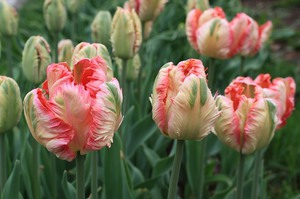 Plants are green-colored - they are distinguished by pale pink shades of petals and a green-colored middle. These include the following varieties: Sprin Green, China Town, Golden Artist.
Plants are green-colored - they are distinguished by pale pink shades of petals and a green-colored middle. These include the following varieties: Sprin Green, China Town, Golden Artist.- Fringed flowers - the attractive and memorable appearance of these flowers is achieved due to the structure of their petal part. The petals are distinguished by the presence of a peculiar sharpened fringe at the edges. This type is distinguished by the presence of such varieties as Louvre (lilac shades), Fabio (yellow petals with green edging) Skipper (purple petals with bronze edging). Sorts Cambridge, Mont Amour, Flamenco, Mascotte and others.
- Rembrandt culture - the distinctive features of this species are the lines, spots covering the petals. For the most part, they are grown in flower beds, but their use for cutting is not excluded.
Varieties: Union Jack, Mona Lisa, Orange Bowl, Princess Irene and Prince Carnival, Sorbet, Flame, Olympic and others.
- The parrot type of plant is one of the most interesting hybrid type of culture in its appearance. The appearance and color of the petals are a variety of fantasy combinations. According to many sources, their origin was not selective. Parrot varieties include: Rococo, Super Perrot, Fleming, Black Perrot.
- Liliaceous (lily-colored tulips) type of tulips. The name fairly objectively reflects their appearance (lily shape). On the sunniest days, the color development is almost complete. Their height reaches 50-60cm. Flowering occurs at the end of May.
The views are very beautiful: White, Ballad, West Point, Pretty Woman, Jacqueline.
Late double crops - the color of this type is a fairly wide range from white to black.
Group of hybrid tulips
A group that includes flowers of different properties and type.
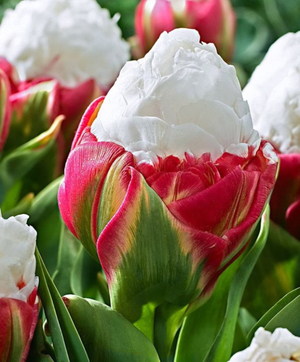 Greig's garden plants - due to their rather original appearance, are appreciated by flower growers. The combination of flowers with folded edges and wide leaves of mottled color create a simply stunning effect. The varieties with the most famous names: Majestic, Giant Perrot, Princess Sharmant, Tsar Peter, Lovely Surprise, Oriental.
Greig's garden plants - due to their rather original appearance, are appreciated by flower growers. The combination of flowers with folded edges and wide leaves of mottled color create a simply stunning effect. The varieties with the most famous names: Majestic, Giant Perrot, Princess Sharmant, Tsar Peter, Lovely Surprise, Oriental.- Kaufman's garden plants are star-shaped flowers, when they open, the highest decorative effect is achieved. Most often planted in flower beds and rock gardens. Early flowering, the total height of flowers is small (from 15 to 25 cm). The varieties have rather original “nominal” names, which are quite consistent with the appearance of these tulips: Shakespeare, Giuseppe Verdi, Johann Strauss.
- Foster's Cultures are named after Professor Foster. Flowers reach a height of 30-50 cm, with fairly large buds. A distinctive feature of the buds of this species is the presence of a narrowed middle part (it is also often called the "waist" of the flower). The most common color scheme is all shades of red and orange. In their natural environment, they are found only in the Central Asian regions.
Wild tulips
In addition to the listed groups, there are also certain types of wild tulips... Most often these are fairly undersized flowers with small buds. The color can be varied. Such tulips look most impressive in rockeries, rock gardens, or in a garden among tree seedlings.
A few words about leaving
One of the key points in the cultivation of this crop is the annual transplant of the bulbs. After that, as a rule, it is dried, the old casings are peeled off and put away for storage. The future flowering and the general condition of future flowers directly depends on storage and compliance with the temperature regime, it should not exceed +25 degrees.
Thus, tulips are especially original and memorable plants. Among the variety of varieties, everyone can find a suitable and favorite one for themselves.With rational care and planting, flowers will undoubtedly not only decorate and diversify the landscape of your garden, but also bring a touch of freshness and brightness to everyday life.
